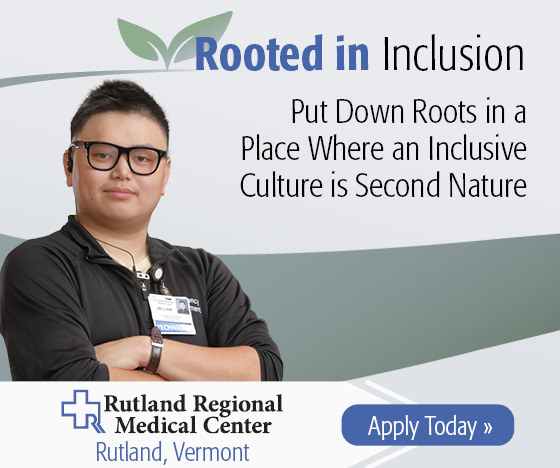The following is an interview with Christina Cunningham, massage and bodywork practitioner at Chrysalis Healing Arts in Fair Haven.
The Mountain Times: What does it mean to be a fermentationist and nutrition coach?
Christina Cunningham: In 2012, I wanted to evolve my bodywork business, Chrysalis Healing Arts, to include coaching programs designed for folks who have digestive issues, using fermented foods and gut rebuilding principles that I myself was practicing. I received a board certification as nutritional consultant from the Institute of Integrative Nutrition (IIN) and became a certified fermentationist that same year. As a fermentationist, I am employing the same principles that can be found in nature when we are attempting to revive a toxic landscape in order to create a lush habitat for foliage and fauna. We must first remove any offending toxicity: food, chemical or microscopic, that is poisoning the terrain. Next, we repair the gut and intestinal lining that is damaged. And then we re-inoculate the gut with lush, friendly bacteria and finally we re-nourish any deficiencies. The third step is where fermented foods come in.
MT: Why are fermented foods so essential, especially for those who are transitioning from the “Standard American Diet?”
CC: Using fermented foods to restore the healthy balance of friendly bacteria to the gut is one of the simplest, yet most profound ways to do that. By understanding the intimate relationship humans have with bacteria and how that relates to a state of robust health is essential. Through the human genome project and the human microbiome project we now know that bacterial cells outnumber humans cells in any one human being by a ratio of ten to one.
MT: What inspired you to begin creating fermented foods? How has your health improved?
CC: The moment I began to understand that I am involved in a symbiotic relationship with all those trillions of bacteria living on and inside of me was when it all shifted.
I began creating fermented foods when I was in college back in the late 1990’s. The first batch lived on the floor of my kitchen in a large soup pot, weighed down with plates and large stones. I was first inspired by the book “Body Ecology” by Donna Gates. That book was the first to give me answers to my chronic fatigue, digestive symptoms and general malaise.
Since that point, I have been on a quest to rebuild my internal terrain and to find the best food choices for myself. I had always had the idea of having a raw sauerkraut company, and in 2012 my partner Chuck Trombley and I made it a reality.
We launched our business at the first annual Vermont Fermentation Festival at Green Mountain College, which is also where we do all of our production, fermentation and packaging.
MT: How do you create fermented foods?
CC: It is so easy! The bacteria do all the important work. In the case of sauerkraut, a basic lacto-ferment, an anaerobic environment is created after chopping and salting the veggies. The salt dehydrates the intercellular water and the vegetable matter is then push below the salt brine. Once the bacteria are given the optimal non-oxygen environment, they literally have an eating fest and consume all the available carbohydrate. There are several successions of fermentation and one of the byproducts of all that carb-loading is lactic acid, which stabilizes and preserves the final product. The art of fermentation and the nuances of flavor come with length of time, amount of salt, and environmental conditions, similar to wine. I am a firm believer that the easiest way to begin to shift the paradigm of germaphobic culture to one of bacterial ally is to ferment your own veggies, milk, beans, whatever you like. At Chrysalis Cultures we grow our own organic cabbage at Boardman Hill farm in West Rutland and source all of our other produce and herbs locally. We produce, ferment and package at the agriculture farmhouse at GMC.




